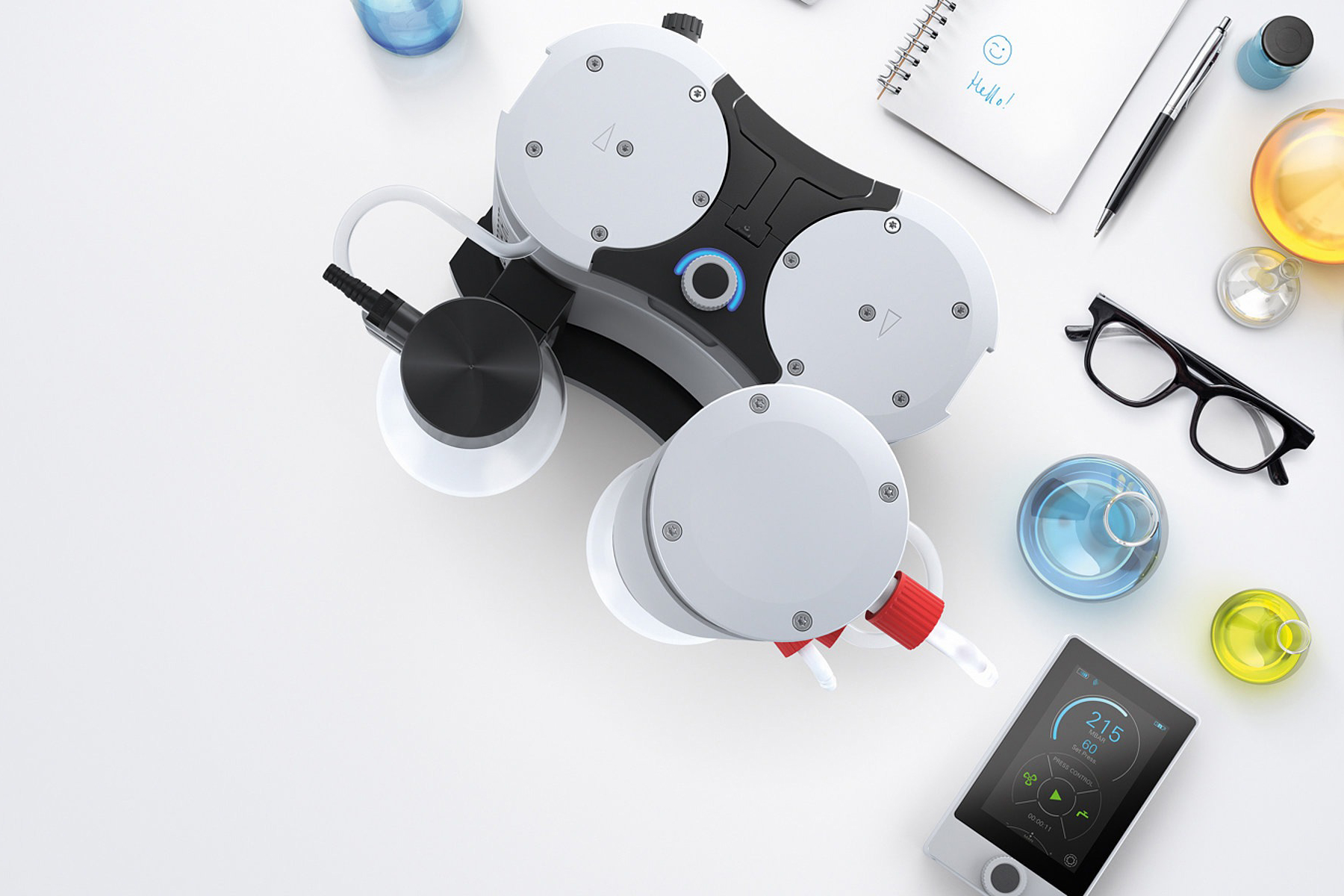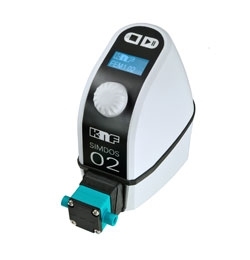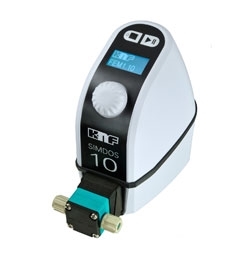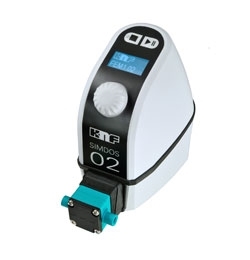
Fluid management plays a pivotal role in various industries, from pharmaceuticals to water treatment, and the choice of pump technology is crucial for efficient and precise fluid handling. Among the myriad of options, diaphragm gas pumps and liquid diaphragm pumps stand out for their specialized functionalities. Understanding their differences is essential for selecting the right pump for a specific application.
Diaphragm Gas PumpsDiaphragm gas pumps, often referred to simply as diaphragm pumps, are a type of positive displacement pump. They operate by using a flexible membrane (the diaphragm) to move gas through a chamber. The cyclic movement of the diaphragm, controlled by an electric motor or an air actuator, alternately compresses and decompresses the gas, creating a vacuum that draws the gas in through an inlet valve and then expels it through an outlet valve.
Key Features:
- Chemical Resistance: Diaphragm gas pumps are built with materials that can withstand aggressive chemicals, making them suitable for applications involving corrosive gases.
- Capability for Dry Operation: They can operate without the need for a lubricating fluid, eliminating contamination risks and reducing maintenance requirements.
- Precision Control: These pumps allow for precise control over flow rates and pressures, which is crucial in applications requiring exact gas dosages.
- No Seal Design: The absence of seals reduces the risk of leaks, particularly beneficial in applications involving hazardous or toxic substances.
Cons of Diaphragm Pumps:
- Limited Throughput: May not offer the high throughput rates needed for tasks requiring fast substance movement.
- Pulsation: The inherent pulsating output may not be suitable for all applications, though dampeners can alleviate this issue.
- Efficiency Variability: Their efficiency can vary, potentially making them less energy-efficient compared to other options for certain tasks.
Liquid diaphragm pumps share the basic operating principle with their gas counterparts but are specifically designed to handle liquids. The diaphragm's movement creates a variable volume within the pump chamber. As the volume increases, a vacuum is formed, drawing liquid into the chamber. When the volume decreases, the liquid is pushed out of the chamber.
Key Features:
- Self-Priming: Liquid diaphragm pumps can self-prime, meaning they can draw liquid into the pump without needing to be filled with liquid beforehand.
- High Viscosity Handling: They are capable of pumping highly viscous liquids, making them ideal for applications like food processing and paint manufacturing.
- Seal-less Design: The absence of seals prevents leaks and reduces the risk of contamination, important in sanitary and pharmaceutical processes.
Comparing Diaphragm Gas Pumps and Liquid Diaphragm Pumps
- Medium Specificity: Diaphragm gas pumps are optimized for gases, ensuring efficient and safe gas transfer even at low pressures. Liquid diaphragm pumps, on the other hand, are engineered to handle liquids, from thin, water-like fluids to thick slurries.
- Operational Pressure: Generally, gas pumps operate under lower pressure conditions compared to liquid pumps. This is due to the compressible nature of gases versus the incompressible nature of liquids.
- Material Construction: Materials used in liquid diaphragm pumps must resist wear from continuous contact with moving liquids and potential erosive particles within those liquids. Gas pumps, while also requiring chemical resistance, may prioritize materials that minimize internal friction and facilitate gas flow.
When choosing between a diaphragm gas pump and a liquid diaphragm pump, consider the fluid's nature, required pressure levels, chemical compatibility, and whether contamination is a concern. For gas-related applications where dry operation and chemical resistance are priorities, a diaphragm gas pump is ideal. In contrast, for liquid handling, especially with viscous or abrasive fluids, a liquid diaphragm pump offers the necessary robustness and performance.
Conclusion
The dynamics of fluid management necessitate a thorough understanding of the equipment at one’s disposal. Diaphragm gas pumps and liquid diaphragm pumps serve distinct purposes, tailored to their specific medium. Recognizing their differences helps in making informed decisions for efficient and effective fluid handling in any industrial process. As technology advances, these pumps continue to evolve, offering greater efficiencies, control, and adaptability to meet the complex demands of modern applications.






